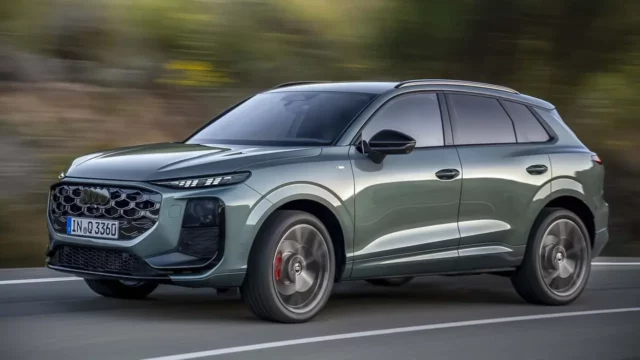Stellantis, one of the automotive giants, has decided to withdraw from developing driver assistance systems (ADAS). The company owns major brands such as Peugeot, Citroen, Fiat, Opel, Jeep, and Dodge.
Stellentis will no longer develop autonomous driving
According to a Reuters report citing three sources, the decision is driven by high costs, technical challenges, and uncertain consumer demand. Having fallen behind its competitors in the electric vehicle market, Stellantis is now halting its autonomous driving efforts.

Earlier this year, Stellantis introduced its first Level 3 system, called STLA AutoDrive 1.0. This technology allows drivers to keep their hands off the steering wheel and their eyes on the road at speeds of up to 60 km/h (37 mph) under certain conditions.
At the time, the company said drivers could watch movies, check email, or even simply enjoy the scenery. Promotional videos have even been released showing a Jeep Wagoneer S equipped with this system, which combines adaptive cruise control and lane-keeping assist, driving autonomously on the highway.
However, according to reports, the company is now planning to outsource this technology rather than develop it in-house. While this approach may be less costly in the short term, it could be disadvantageous in the long run.
When automakers develop ADAS systems in-house, they gain full control over the technology, can deliver updates more quickly, and integrate hardware and software more efficiently.
The financial burden of developing autonomous driving technologies is quite high. Automakers already lose billions of dollars on electrification projects. Developing autonomous systems without a profitable revenue model means billions more in the coffers.
While fully autonomous vehicle technology has long been a goal of both technology and automotive companies, implementation has faced significant challenges. In 2020, Uber canceled its robotaxi plans due to high costs.
Last year, General Motors (GM) suspended its Cruise robotaxi operations after an accident involving a driverless vehicle. These developments raise concerns that Stellantis’s decision could leave it behind in its competition with rivals such as GM, Ford, and Tesla.













